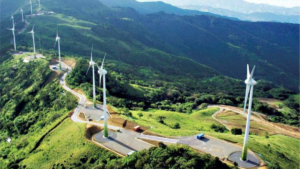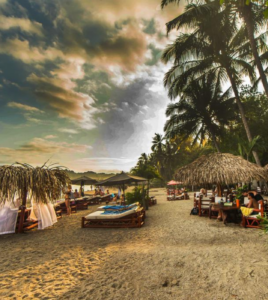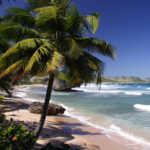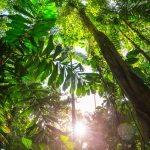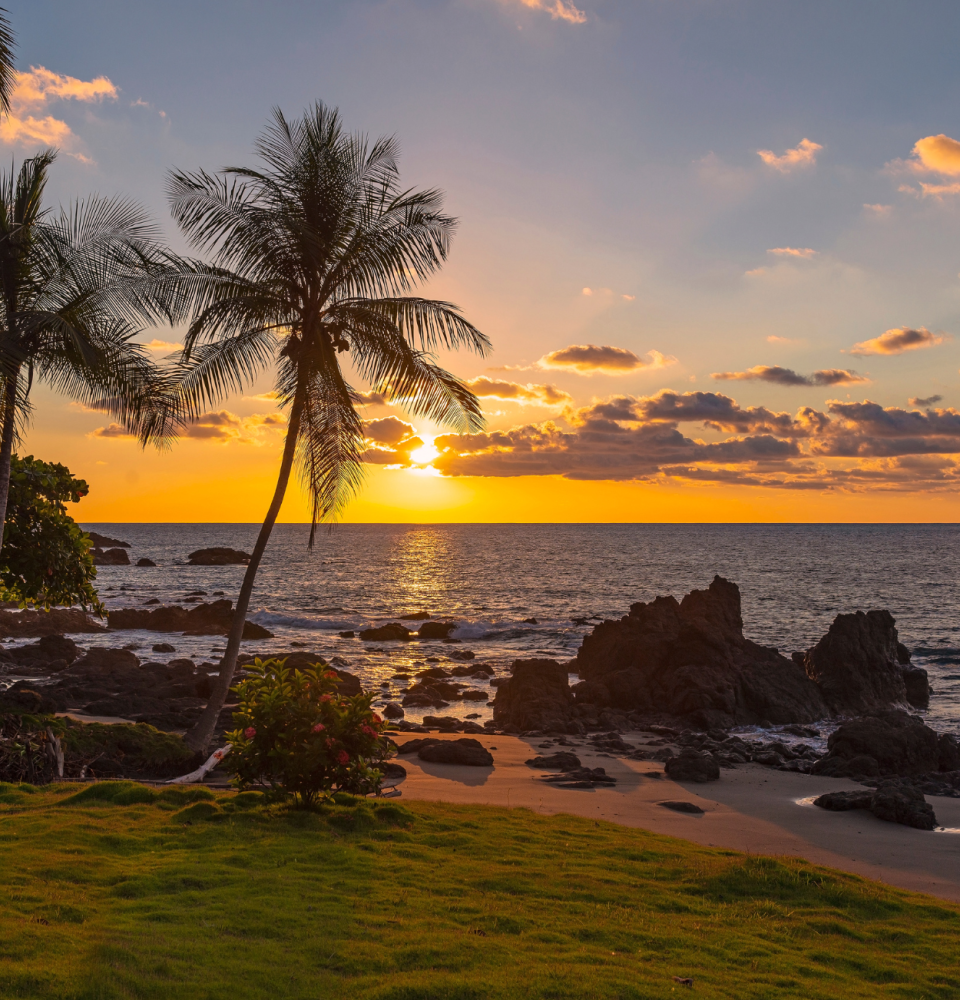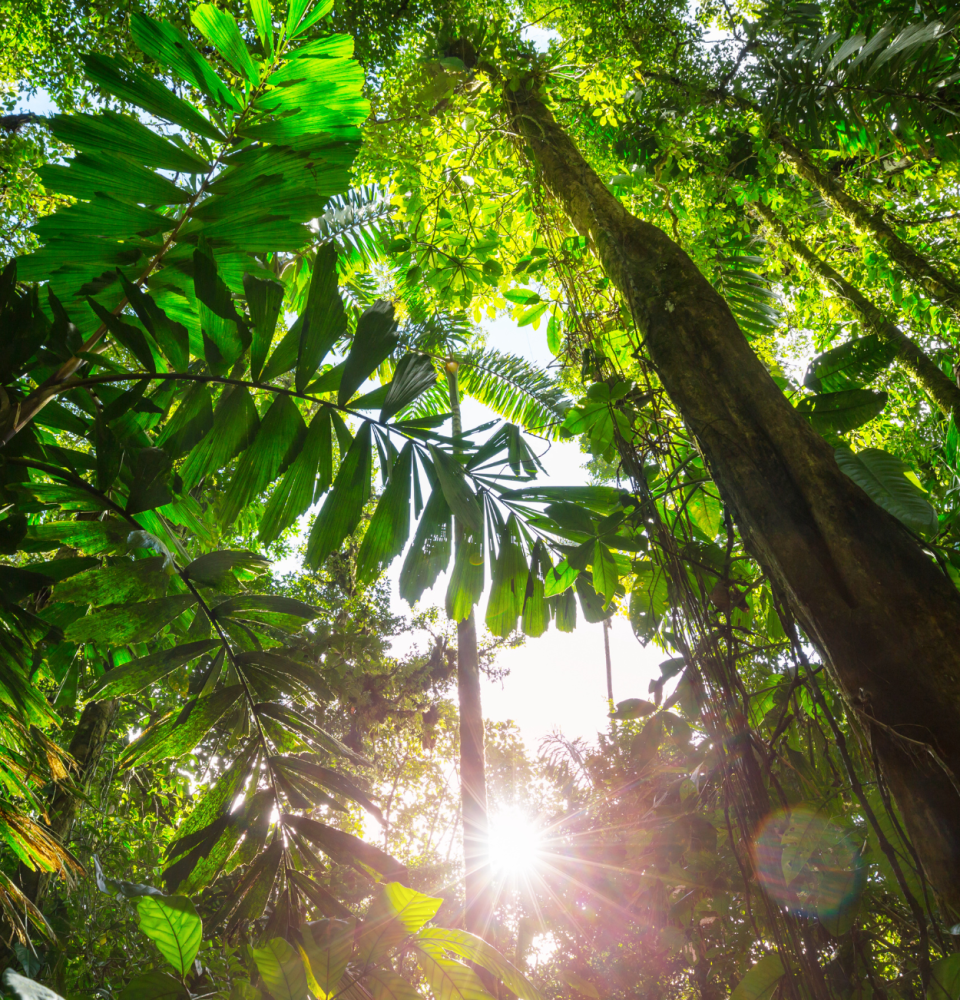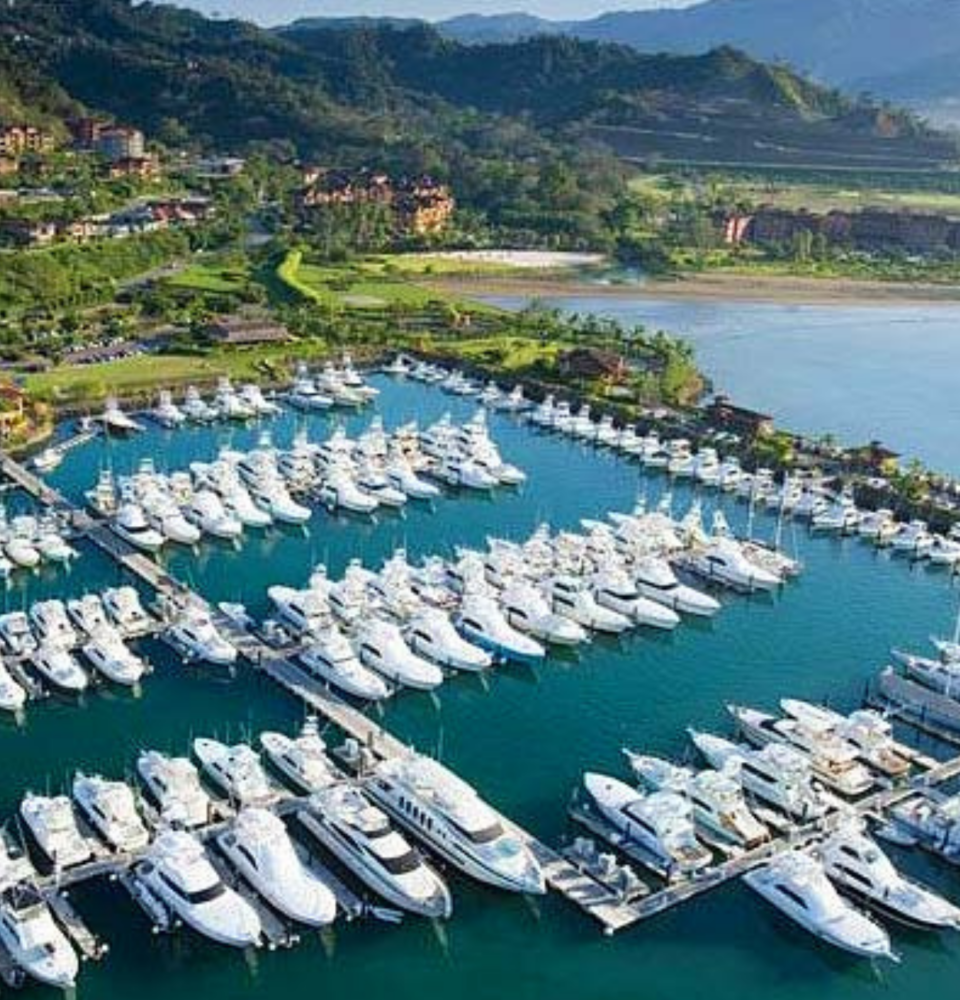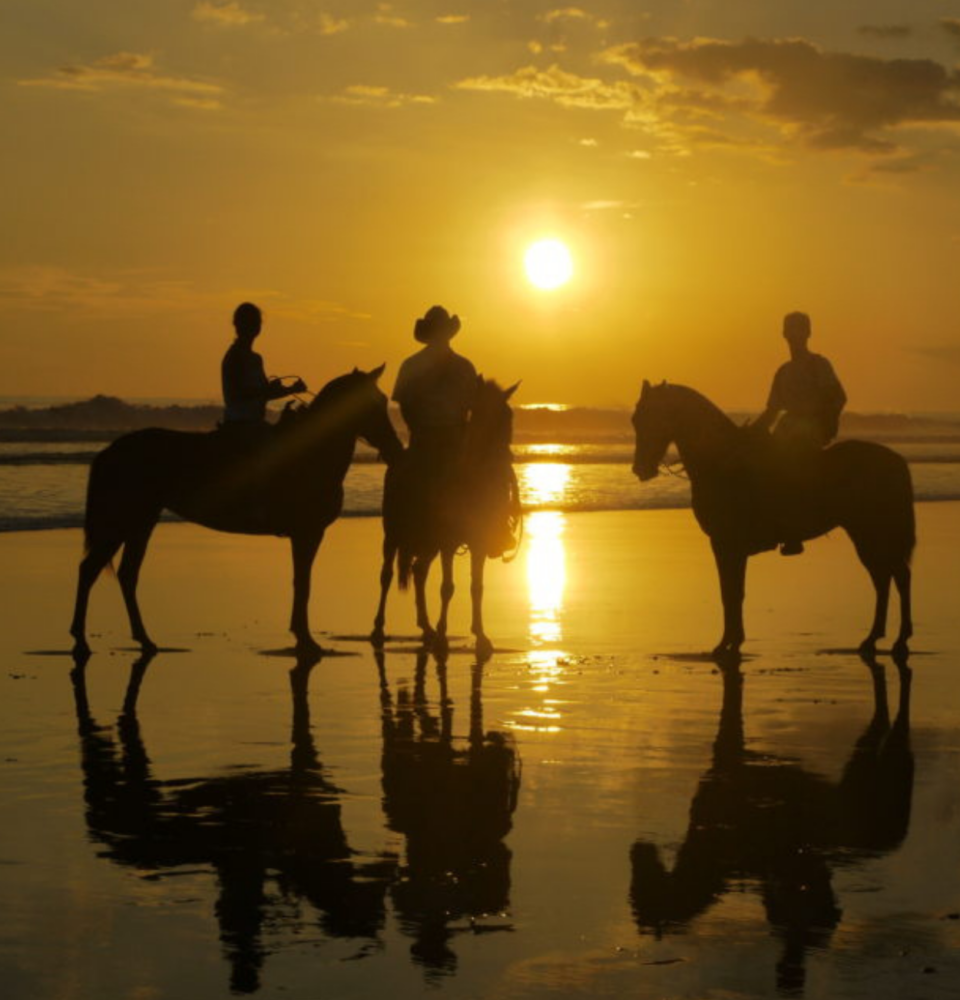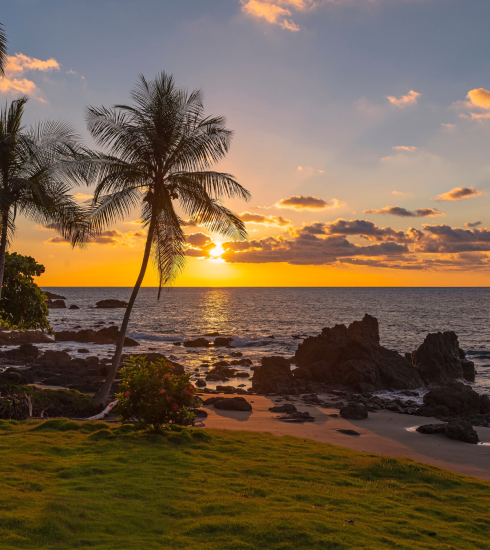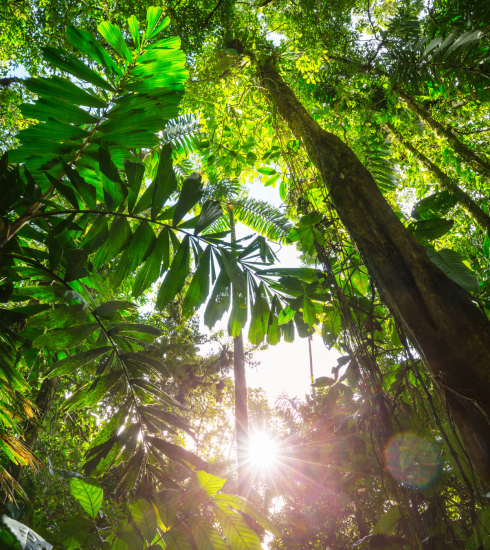Limon, Costa Rica
Outstanding diving, surf breaks, and superb sportfishing. Tortuguero National Park is famous for nesting turtles, and Cahuita National Park is home to the last remaining indigenous communities in Costa Rica.
Landscape: A popular cruise ship port-of-call – known for its lively Caribbean culture.
Attractions: Bocuare Jungle, Tortuguero National Park, Veragua Rainforest.
Activities: Adventure tours, bird & wildlife watching, shopping.
Caters to: Day Trippers, Families and Independent Travelers.
Sparsely populated in comparison to the rest of Costa Rica, the Limon Province remains one of the most lush and diverse areas in the country. When the weather is good, visitors may enjoy outstanding diving opportunities, incredible surf breaks, and superb sportfishing. Tortuguero National Park is famous for nesting turtles, and Cahuita National Park is home to the last remaining indigenous communities in Costa Rica, the Bribri, Cocles, and Talamanca Cabecar peoples.
The Limon Province of Costa Rica runs along the entire eastern coast of the country from the border of Nicaragua to the border of Panama. Hot and wet for nearly the entire year, the Limon Province receives more rain than the rest of the country, with the major downpours occurring between May and August, and then again in December and January. One of the country’s most geographically diverse regions, the Caribbean expanse of Costa Rica offers breathtaking swamp lagoons towards the northern side of the coast, on down to the towering Talamanca Mountains to the south.
The Caribbean coast of Costa Rica , represented by Puerto Limon province, has only 200 kilometers of shore line and we divide it in two big regions: North and South Caribbean :Barra del Colorado National Wild Life Refugee represents the main attraction of the region. It is complimented with the river channel’s system; which connects Moin Port with Barra del Colorado, and has become a singular attraction and the only way of transportation.
The North Caribbean comprises the Caribbean coast and goes from the San Juan River to Limon City. Limon city is the touristy center of this Corridor, simultaneously working as an accommodation, stop over, distribution and touring center.
The capital of Limon Province, Puerto Limon, is a melting pot of Costa Rica’s Afro-Caribbean culture, which turns into a huge party around Colombus Day when the province celebrates the Dia de la Culturas, a Carnivale-type celebration that spills out into the entire city with dancing, parades, and partying every day and night. The rest of the year, the bustling port city of Limon is not considered to be a very “touristy” town in comparison with the rest of Costa Rica, however in recent years a tremendous effort has been realized by the Limon people to develop a cultural awareness and celebration of their special distinct heritage that centers around the very colorful and vibrant people, food, and art of the area. The Limon people have their own unique culture and language as well, which is often referred to as Limon Creole English.
Limon has suffered the ravages of several large earthquakes in the area over the years, but maintains some fascinating architecture and colorful open air markets. The main market lies in the center of town, where everything from wood carvings, the special cashew wine of the area, to traditional souvenirs may be found. Although the heat keeps Limon a sleepy city during the day, the nightlife is bustling, and bars and restaurants may be found all around the city, as well as plenty of hotels and a variety of accommodations.
Christopher Columbus first dropped anchor in Costa Rica in 1502 at Isla Uvita, just off the coast of Puerto Limón.It was the coastline of Limon that inspired him to name it the “Rich Coast” (Costa Rica).
The Atlantic coast, however, was left largely unexplored by Spanish settlers until the 19th century.
Notorious pirates, Edward Mansvelt and his vice admiral Henry Morgan, arrived at Portete, a small bay between Limón and Moín, in 1666. They proceeded inland to Cartago, the capital of Costa Rica at the time, but were driven away by the inhabitants at Turrialba on 15 April. The pirate army left on 16 April and arrived back in Portete on 23 April. They left Costa Rica and did not return.
Explore Limon
Puerto Viejo, Costa Rica
Legendary among surfing aficionados of the world, who come for it's original surf town charm.
Manzanillo, Costa Rica
A tranquil town on a scenic, coastal road. A small laid back fishing village inside a Wildlife Refuge.

